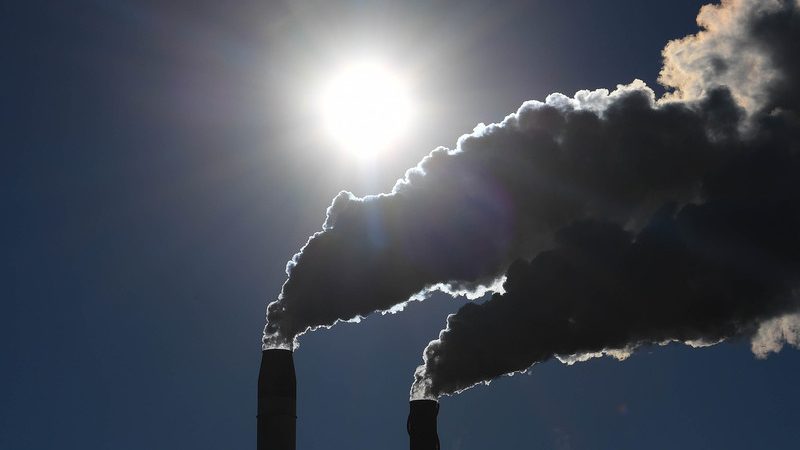The European steel industry has less than 26% (12%-35%) of its carbon budget remaining and companies must rapidly shift their business models to reach net zero, Industry Tracker, a climate research house for investors, said Sept. 14
Steelmakers have until 2033 to stop using current production methods and invest in new steelmaking technologies, with the cost of transitioning that is estimated between $4 billion and $34 billion for companies, depending on the size of their current asset base, Industry Tracker said in a statement about its “Steeling for Net Zero” report.
The current balance sheets and cash flows of steel companies are not enough to support the cost of the transition, mills must have also partnerships, direct public funding and investment capital, Industry Tracker said.
“Steel is used across many products and sectors that are integral to the way we live. However, with a large carbon footprint and a growing emissions profile, steel remains a problem child in the path to net-zero,’ Carole Ferguson, managing director of Industry Tracker, said in the statement. “With momentum starting to build for new technologies, particularly green hydrogen, steel companies have the opportunity to break out of their current capital intensive business models. I am optimistic that with public support, cross sector partnerships and investment capital seeking to solve the climate crisis, steel companies have the potential to lead the way in the transition and drive the green hydrogen economy.”
The largest emissions from the steelmaking process comes from the blast furnace route, that is still the main method to make crude steel and as the research underlined has been in use since the 14th Century, Industry Tracker said.
“With this carbon intensive method, there is no way of achieving the required reduction in emissions to meet the EU’s 2050 net-zero target,” Industry Tracker said. “Reductions from efficiency improvements have all but plateaued – over the last two decades, the companies analyzed have only reduced their emissions intensity by an average of 1% per year.”
The report studied 10 of the largest and most important EU steel companies, accounting for 68% of primary steel production in Europe, including ArcelorMittal, Tata Steel, Thyssenkrupp and SSAB, Eight out of 10 of the companies have emissions reduction targets, with ArcelorMittal, Voestalpine, Tata Steel and Salzgitter all making commitments to become net-zero, climate or carbon neutral by 2050, while SSAB aims to achieve this by 2045.
“However, most of the emissions cuts outlined in these targets come after 2030, when they are at high risk of missing the window for investing in vital new technologies,” Industry Tracker stressed.
Some of the steel companies, such as SSAB, ArcelorMittal and Tata Steel, are starting to develop low-carbon innovations required to significantly reduce their footprint, it said. This includes hydrogen-based steel production that can reduce emissions to near zero, as well as carbon capture utilization and storage, which could cut emissions from traditional steelmaking routes in the mid-term.
Seventy percent of the companies in the report, including ArcelorMittal, Thyssenkrupp and SSAB, are involved in projects developing “blue” or “green” hydrogen production, Industry Tracker said.
“This is encouraging as it indicates they are not just investing in hydrogen-based steel production technologies, but are also getting involved in developing supply chains to ensure they have access to the large volumes of hydrogen needed to scale up this type of sustainable steelmaking,” it said.
— Annalisa Villa






